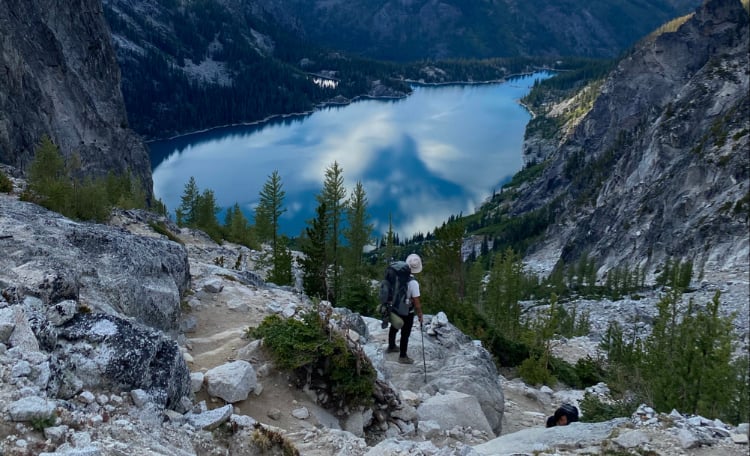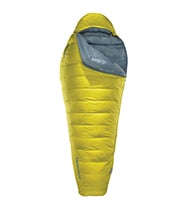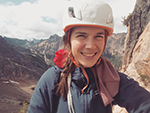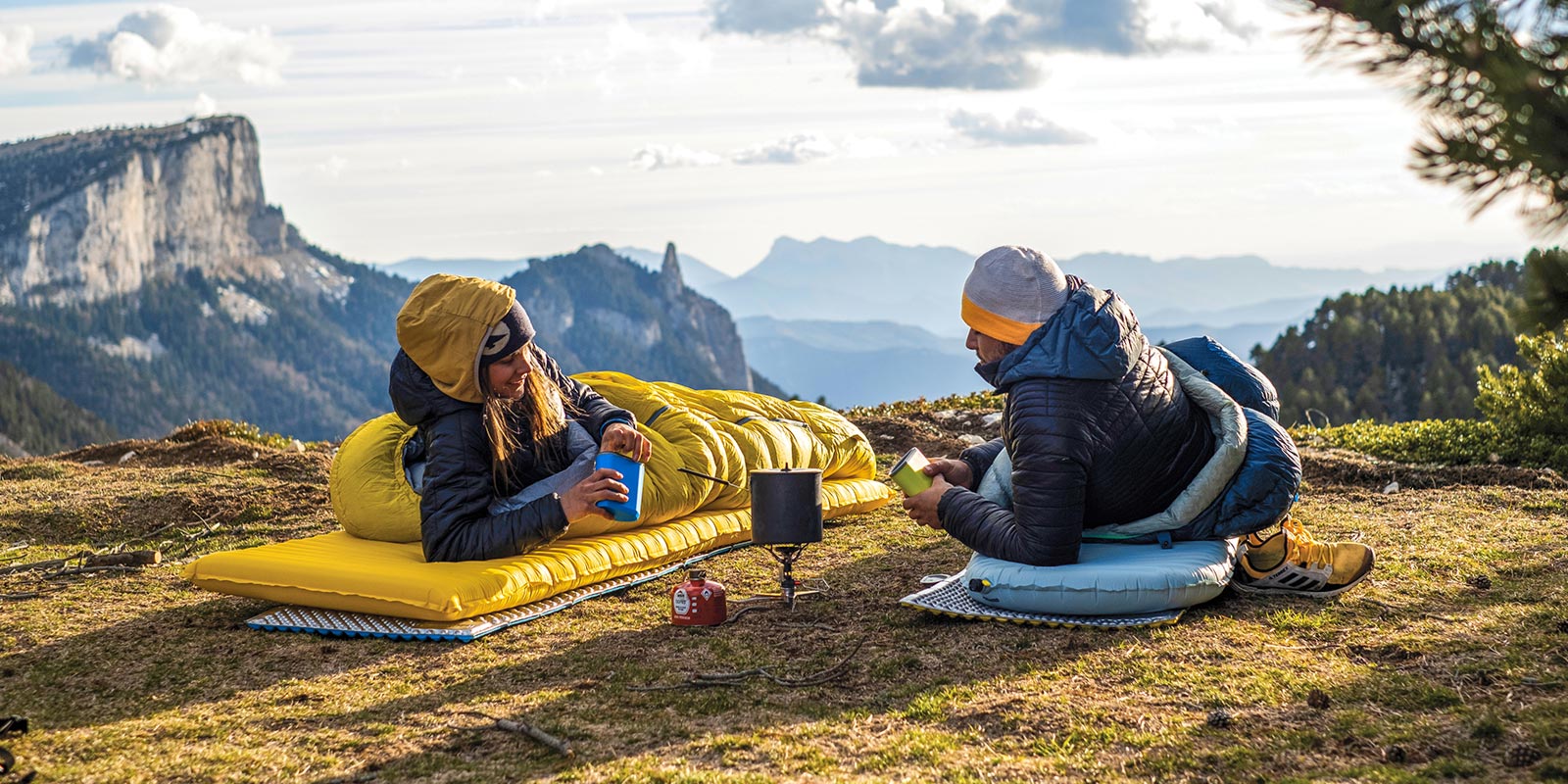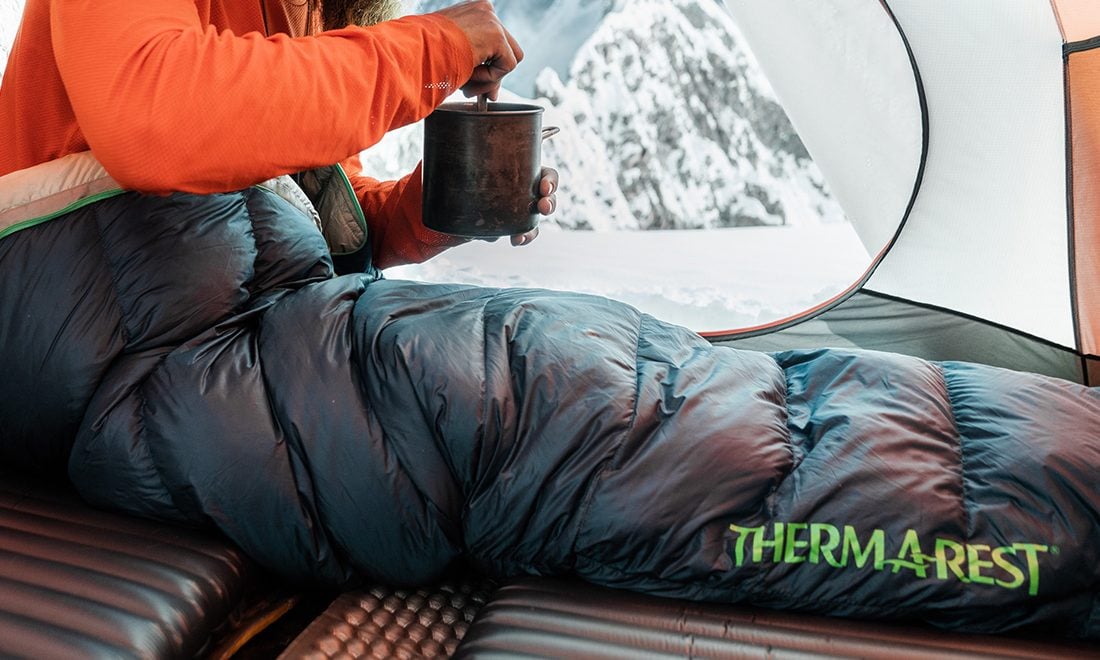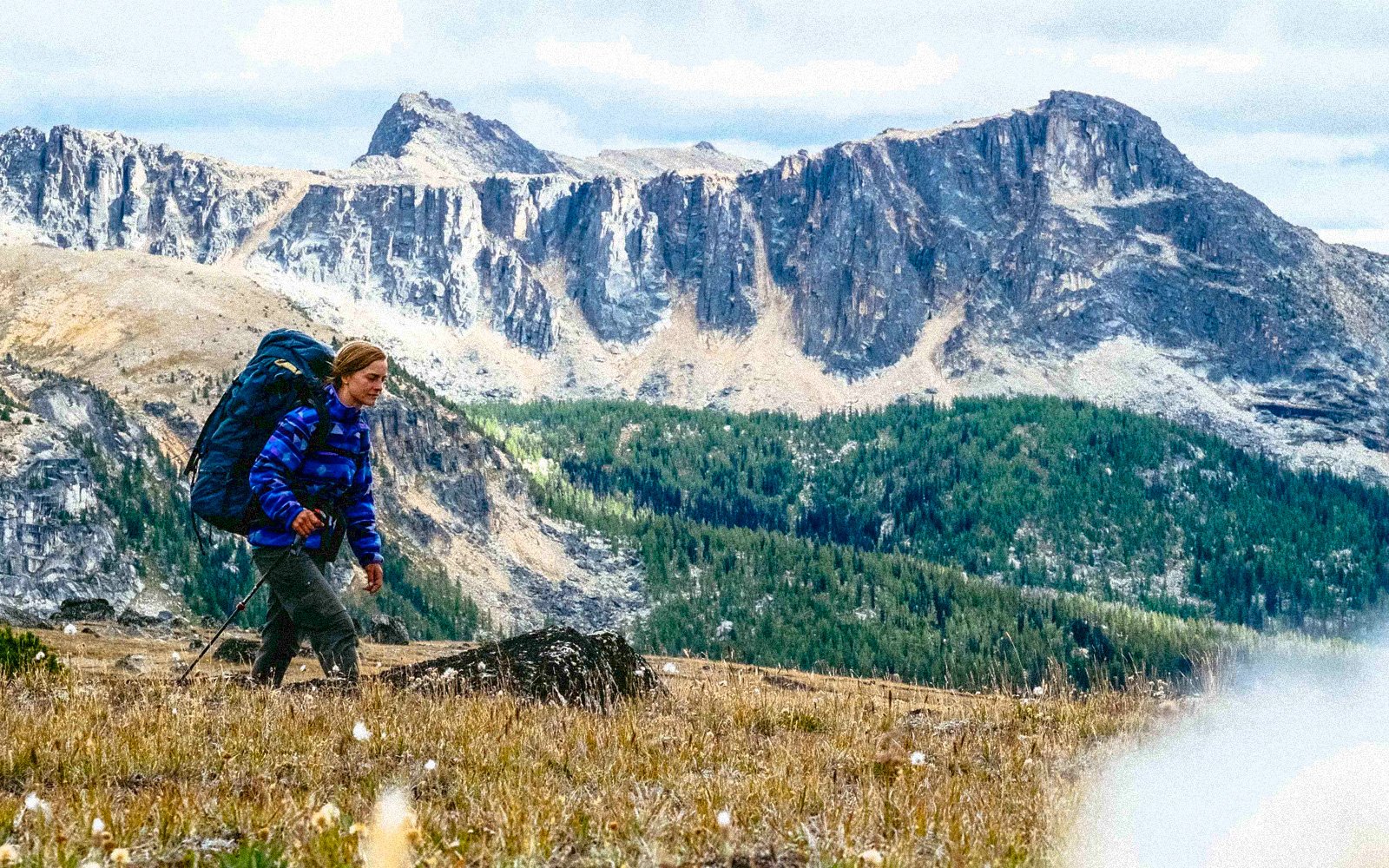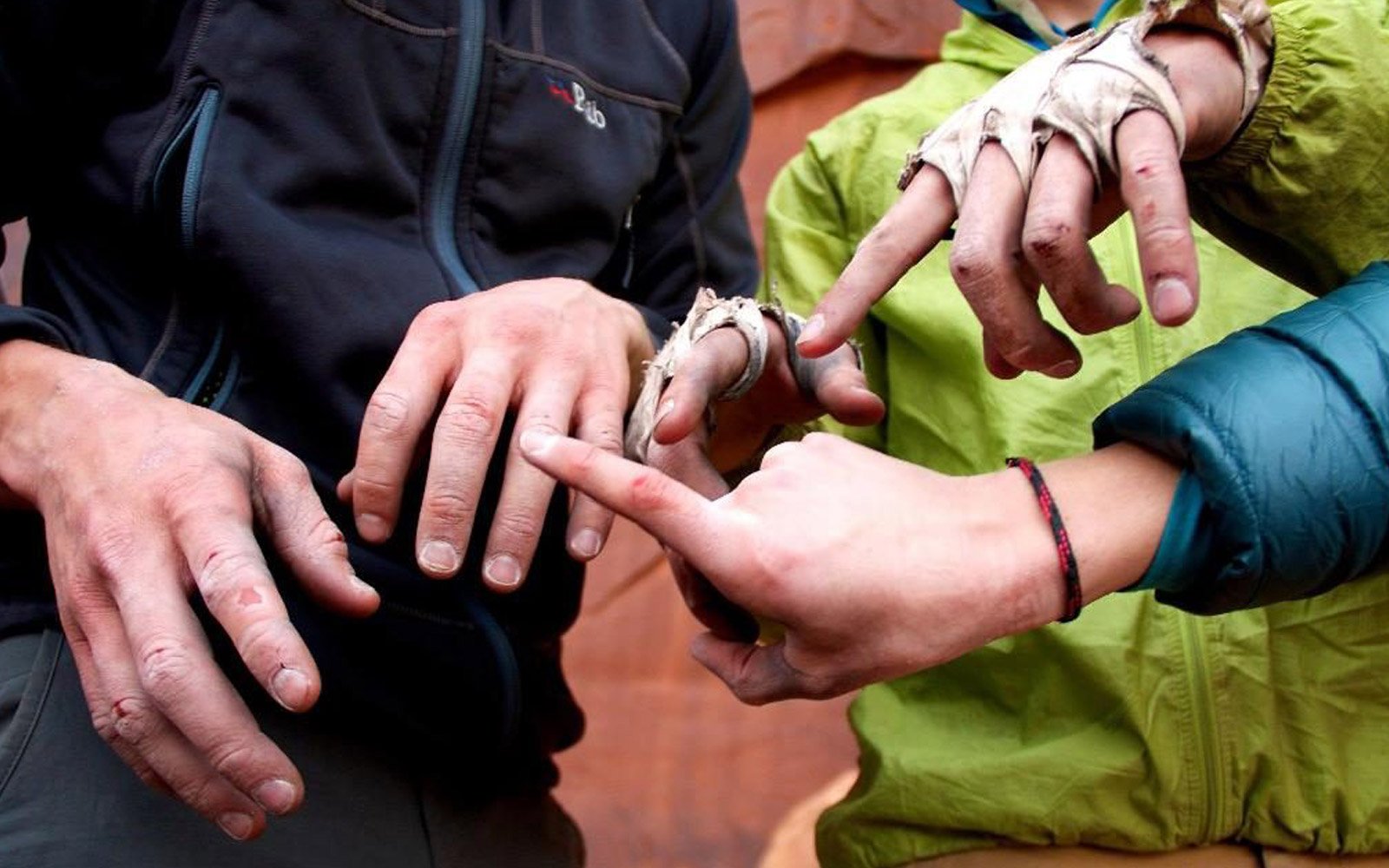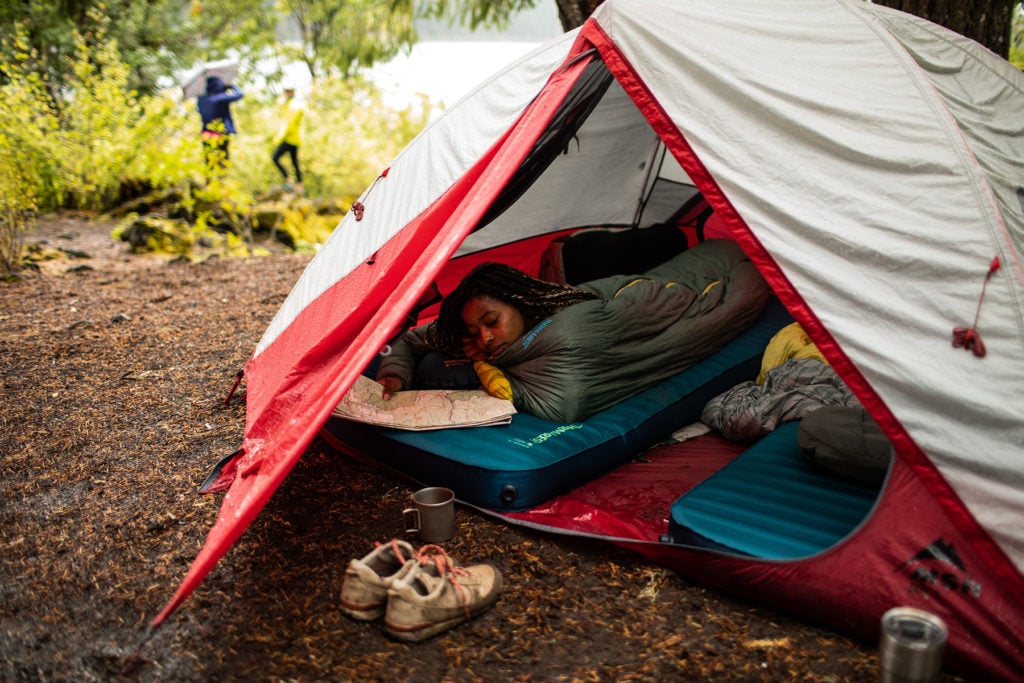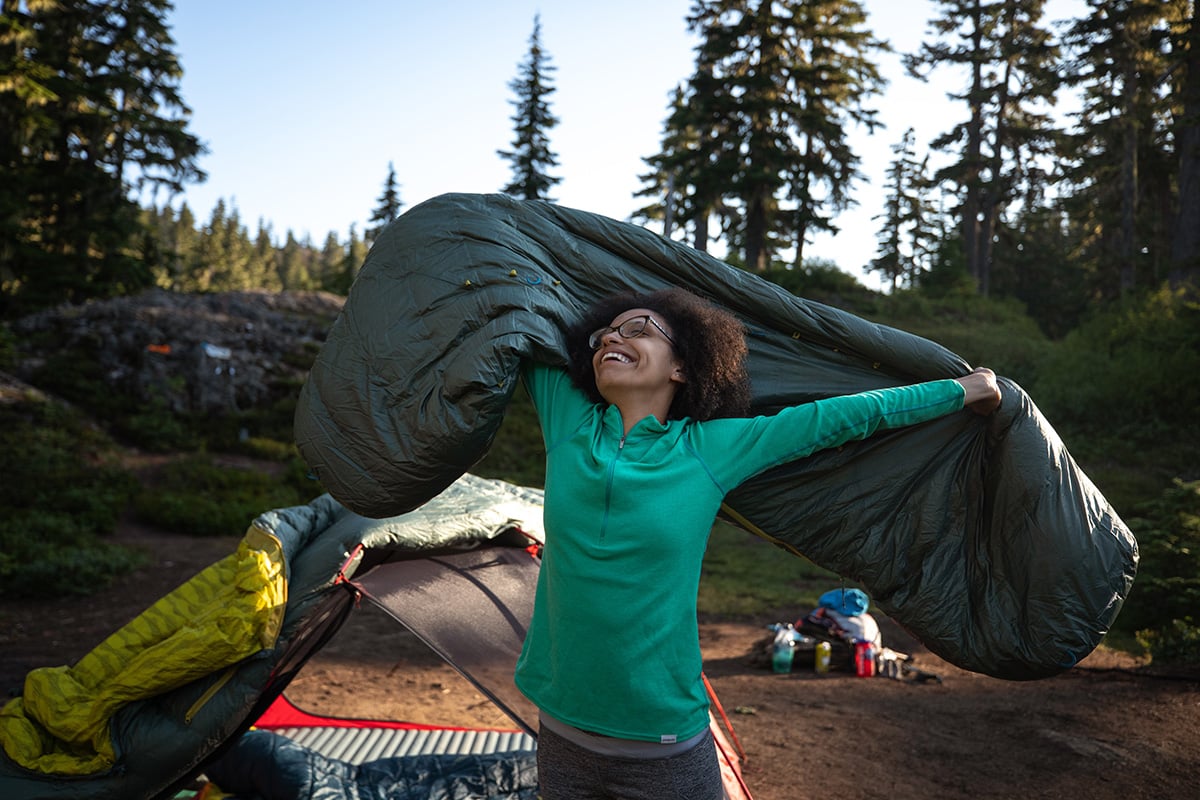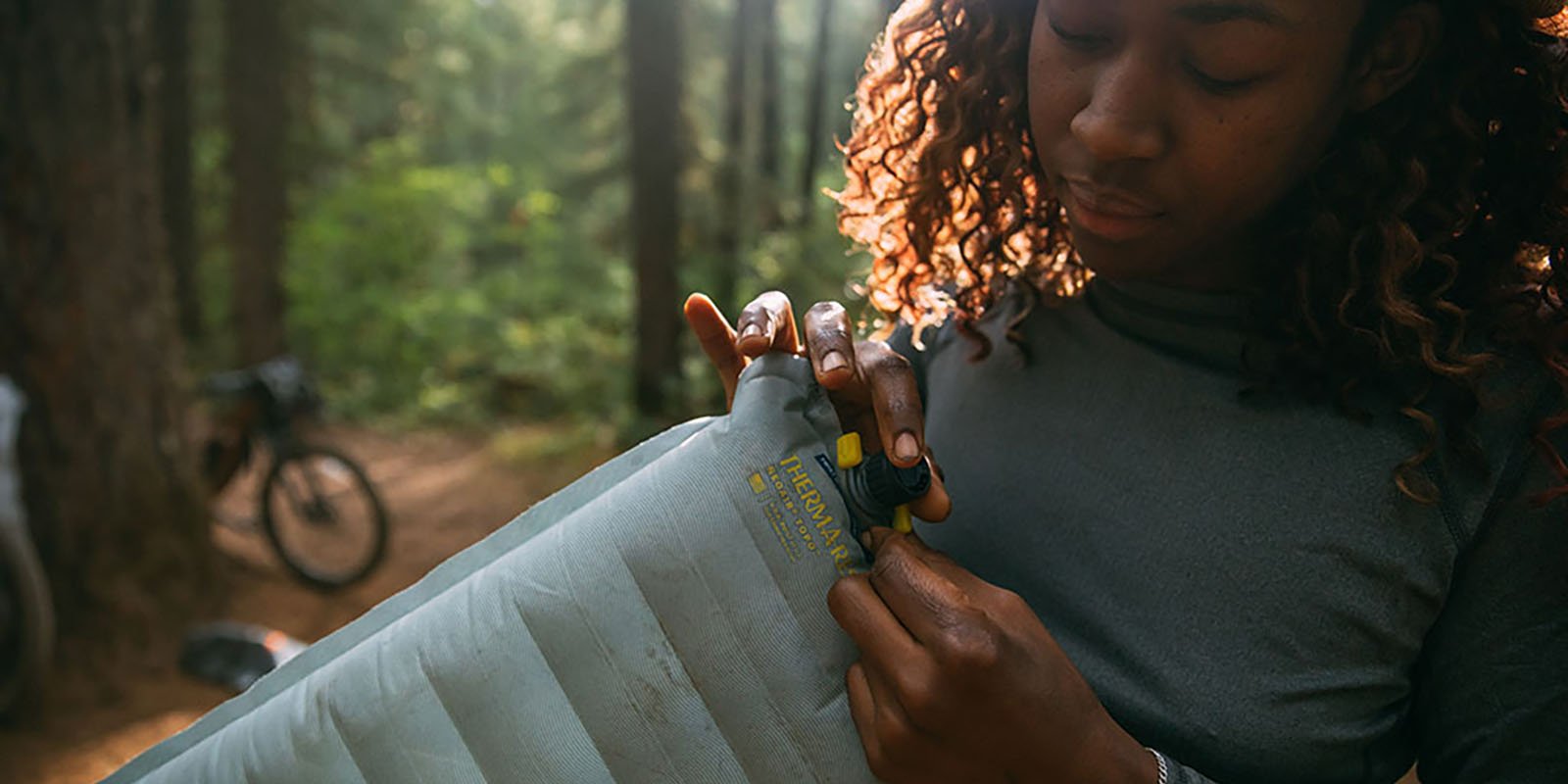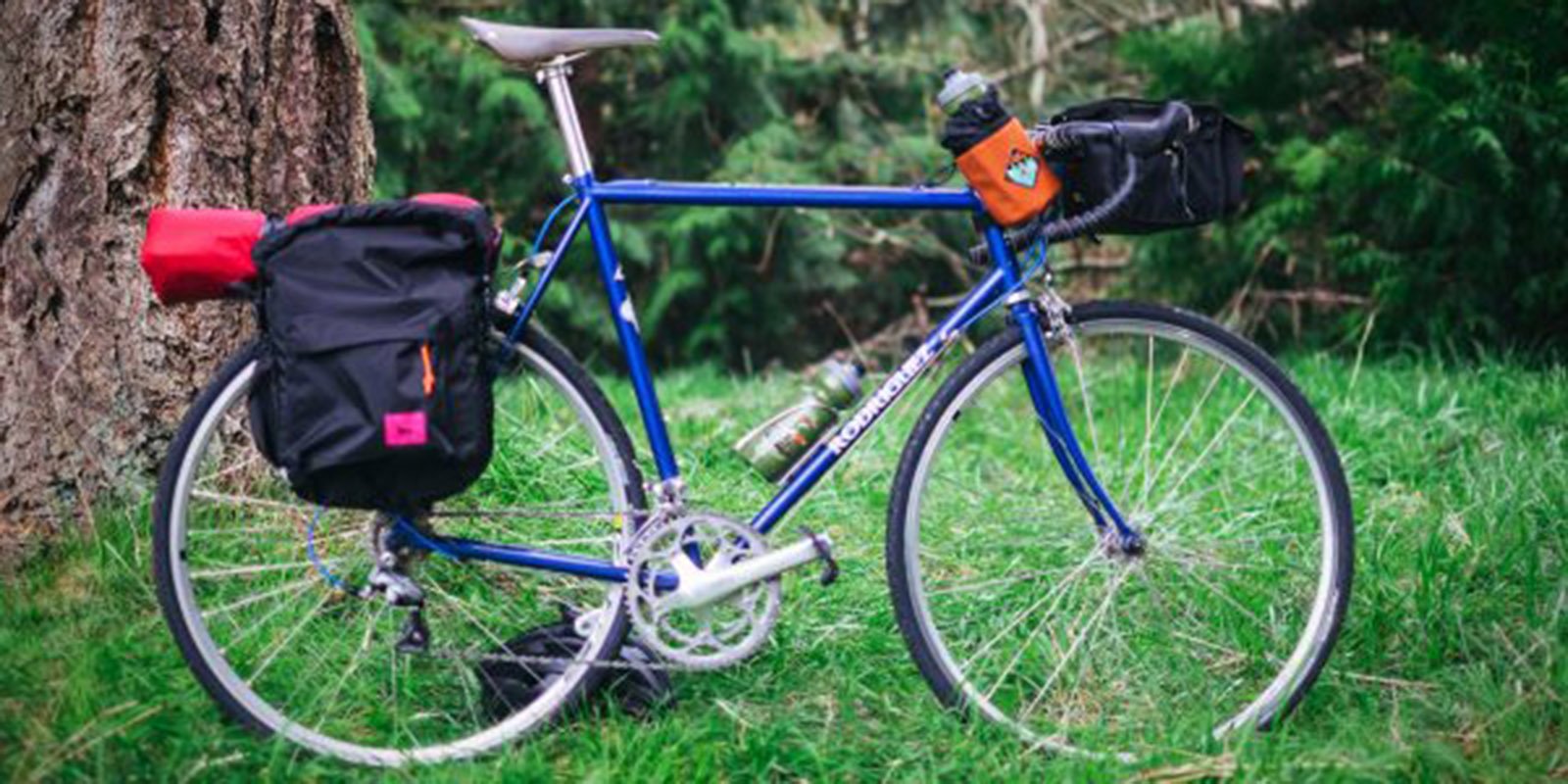Back in 2013, before I moved to the foothills of Washington’s Cascade Mountains, I realized I had to figure out how to plan a backpacking trip. What spurred the realization? Friends of mine had backpacked through The Enchantments and each of them uploaded a photo album to Facebook. Sitting on a couch in Minnesota, I clicked through their pictures, drooling over the crystal pools nestled among soaring granite spires.
 Photo by Nate Pakula
Photo by Nate PakulaI followed through on my resolution to learn how to plan and execute a backpacking trip. I had considerable amounts of fun and made plenty of mistakes in doing so. However, I lived in Washington for six years before I set foot in The Enchantments.
They are an extraordinarily popular permit area within the Alpine Lakes Wilderness in Okanogan-Wenatchee National Forest. Overnight guests to this backcountry zone must win the chance to camp through an annual lottery system. When the application window rolls around each February, summer isn’t usually on my mind. But access to many of the nation’s coveted destinations, including Grand Canyon floats or Mount Whitney climbs, is gained through similar lotteries.
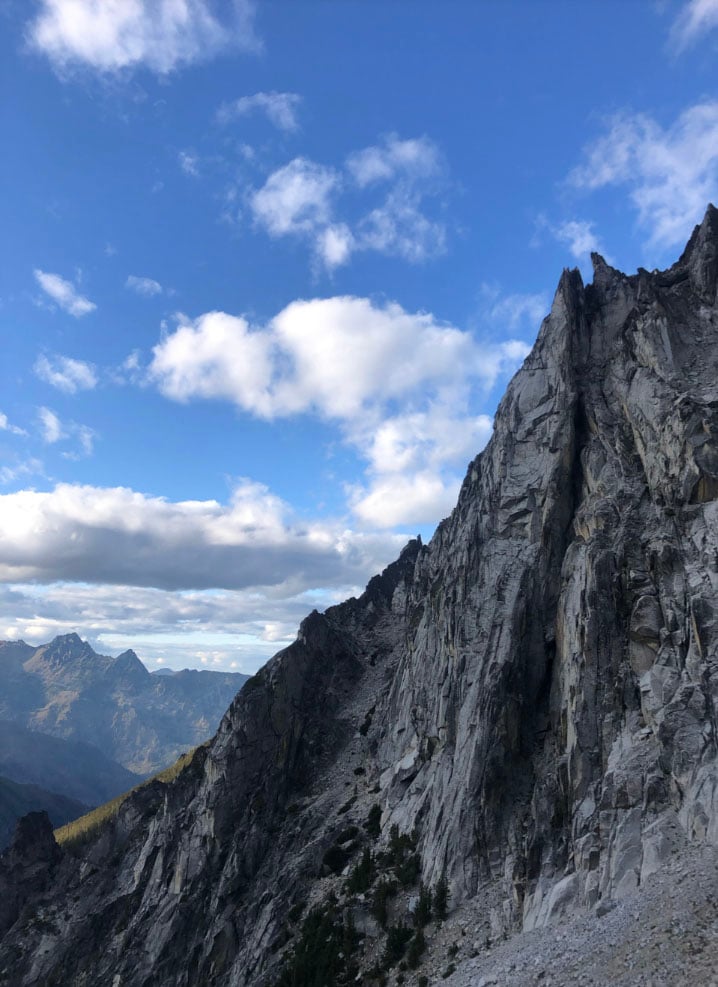 Photo by Katie Griffith
Photo by Katie GriffithThe tangled bureaucratic web of public lands and permit applications can be difficult to navigate. What’s the difference between a wilderness area and a national recreation area? Do I need a permit just to go for a day hike? What does it mean for land to be “public”? We’re here to answer these questions and more. With a bit of forethought and a few calendar reminders, it’s possible to plan your dream trip this summer.
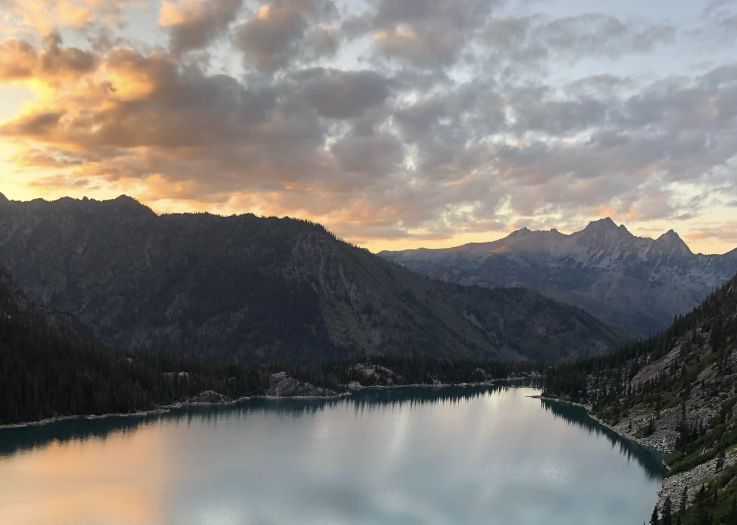 Colchuck Lake at sunset (Photo by: Katie Giffith)
Colchuck Lake at sunset (Photo by: Katie Giffith)What is Public Land? Who are Land Managers?
For me, a great leap forward in learning how to plan a backpacking trip, from a bureaucracy perspective, came from professional experience. While leading a backpacking trip in Montana’s Absaroka-Beartooth Wilderness, I had to apply for and carry three different backcountry permits. The area we traveled through overlaps with the Shoshone, Custer, and Gallatin National Forests.
The United States Forest Service (USFS) is an example of a public land manager. The USFS is a government agency that manages land owned collectively by citizens of the United States. It divides its areas into many smaller national forests, similar to other federal public land managers like the National Park Service (NPS), Bureau of Land Management (BLM) and US Fish and Wildlife Service (USFWS). State and local parks are examples of non-federal public lands, owned by residents of individual states, counties or cities.
It’s important to be aware that much of what is managed as public land today is ancestral land of indigenous peoples. Much of it was acquired by the US government by way of forced removal, treaties, and legislation, according to the Wilderness Society. The government’s increased interest in conservation coincided with the Indian Appropriation Act of 1851. This legislation created reservations in western states. In many cases, this forced Native Americans onto reservations and off of their ancestral lands, many of which have since been designated as federal public lands.
While most public lands allow activities like hiking or camping, each agency has a different mission. For example, the NPS was put in place to, “preserve unimpaired the natural and cultural resources and values of the National Park System for…this and future generations.” This contrasts with the USFS, which allows for a wider range of use. Timber harvesting, ski resorts and remote backpacking adventures can all be found in areas managed by the USFS.
Within national parks or national forests there are rules that dictate how specific land is managed. For example, the 1964 Wilderness Act created the concept of a wilderness area, which is not to be altered by humans. Designated wilderness areas have stricter regulations than other public lands, forbidding mechanized equipment like drones, e-bikes or snowmobiles. A national recreation area (NRA), by contrast, allows all of these things.
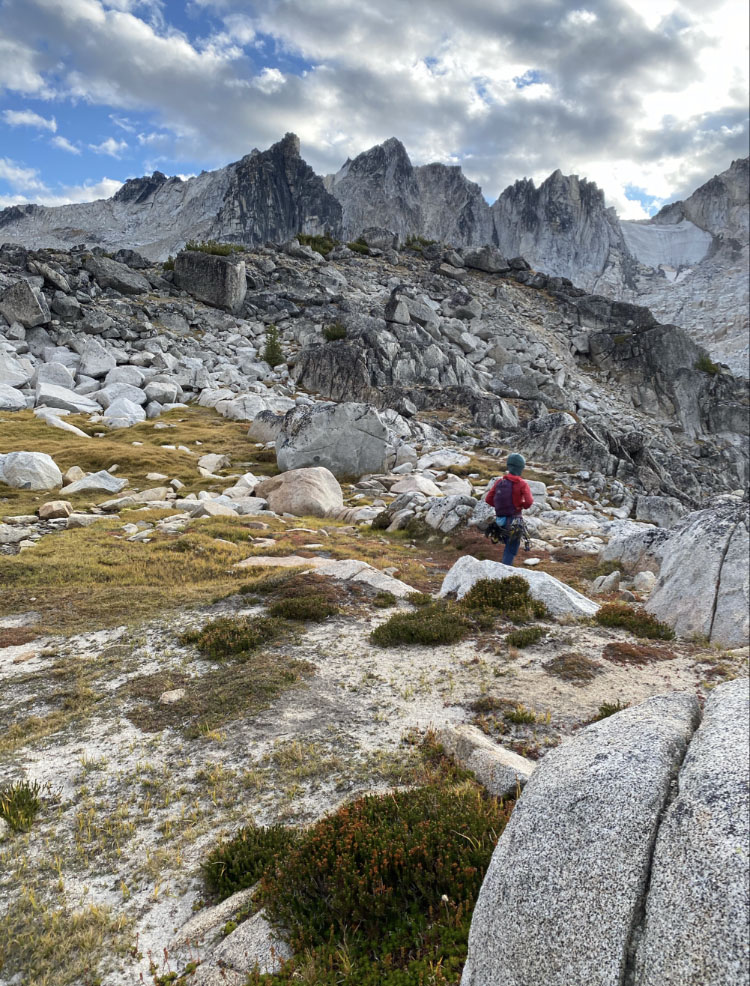 Photo by Nate Pakula
Photo by Nate PakulaDo I Need a Permit for My Outdoor Adventure?
Have you ever planned a day hike only to arrive at an overflowing trailhead? Or hiked eight miles into a backcountry campsite that was already teeming with tents? Permitting is an effort by agencies to spread out use on public lands and avoid heavy impact to popular spots. Many areas limit the total number of people that can camp overnight or start hiking at a trailhead on a certain day. If you’re planning a trip to federal public lands, you’ll likely be able to apply for a permit on recreation.gov. Many states have their own websites for booking campsites or overnight permits to state parks.
Permit applications take different forms, often depending on an area’s popularity. Some less visited spots, like Washington’s Pasayten Wilderness, ask that you simply issue a free overnight permit for yourself at the trailhead, to keep track of backcountry travelers.
Others release a proportion of their permits for the season on a certain date. To plan a canoe trip to Minnesota’s Boundary Waters Canoe Area (BWCA), for example, you can choose your starting point on recreation.gov after the last Wednesday of January. While day-of permits are also available in the BWCA, the most popular entry-points will hit their quota, so it’s a good idea to reserve them in advance.
When planning your backcountry trip, make sure you check whether or not a permit is required for your intended destination.
 My climbing partner near Aasgard Pass (Photo by: Katie Griffith)
My climbing partner near Aasgard Pass (Photo by: Katie Griffith)What is a Permit Lottery System?
Some areas are so popular that permits are released in an annual lottery, to give all users a fair chance at winning. These are the destinations that force you to plan ahead.
When I dwell on the question of how to plan a backpacking trip, I’m tempted to advise you to control and micromanage all the little details. Yet, sometimes, things are simply out of your control. Such is the case with permit lottery systems. Each lottery is slightly different, so I’ll walk you through the process of acquiring permits for a few coveted locations.
Mt. Whitney Permits
As the highest peak in the lower forty-eight, Mt. Whitney’s summit is on the bucket list of many hikers. Even day use is guarded by a lottery system. Permit applications are accepted on recreation.gov between February 15 and March 1 annually, and winners are announced by March 24. By April 1, any remaining permits are published online and available first-come, first serve.
If you plan to climb Mt. Whitney with a group, only invite your fifteen closest friends! Larger groups are prohibited in the Mt. Whitney zone. Your roommate can’t submit their own application to double your chances; duplicate entries from the same group may be forfeited. Hikers can only visit this area with advanced reservations. No day-of permits are issued to the Mt. Whitney zone, even for a day hike.
Grand Canyon Permits
Floating the Grand Canyon is one of the most iconic American adventures. So in demand is this spectacular river trip, that a weighted lottery system is in place. This means that those who have floated the river within the last five years have a decreased chance at winning a permit. The park service also recognizes that this is not a beginner river trip; each application must list a trip leader who has sufficient prior rafting experience.
Submit for a Grand Canyon permit during the first three weeks of February and wait in anticipation until winners are announced at the end of the month. This permit reservation also comes with a cost. For an eight-person group, it costs $25 to apply for the lottery, then another $1,080 in permit fees if you win a chance to float. Follow up lotteries happen on an “as needed” basis to issue permits if they become available due to cancellations. You can create a profile and sign-up to receive updates on follow-up lotteries.
Enchantments Permits
Not only are the Enchantments an alpine playground for any backpacker, but this range also holds some of the highest quality alpine rock climbing routes in Washington. With a brutal approach that gains as much as 5,000’ in elevation over ten miles, it’s possible but extremely strenuous to attempt a single-day climb. Securing an overnight permit can make or break your summit push.
Anyone who wants to camp overnight between May 15 and October 15 must enter the Enchantments lottery and apply between February 15 and March 1. The permit area is divided into five “zones,” the Core Zone being by far the most popular. When you enter the lottery, you choose the specific zone where you intend to camp. Some opt for less popular zones to improve their chances of winning. If your application is pulled, you can choose up to seven friends to join you.
If you don’t win the lottery, you have options! Day use is still available without a permit reservation, and many intrepid hikers choose to complete the 22-mile thru-hike in one day. The forest service office also issues a certain amount of “walk-up” permits weekly. Keep in mind that the system has oscillated between online and in-person due to the Covid-19 pandemic.
In August of last year, I sat at my computer on a Sunday morning, continuously refreshing my browser until permits became available for that week. I’m still not much for planning ahead, but I managed to finally sleep under the stars at Colchuck Lake.
 Hiking toward Dragontail Peak (Photo by: Nate Pakula)
Hiking toward Dragontail Peak (Photo by: Nate Pakula)You Scored a Lottery Permit, Now What?
Now for the fun part – planning your trip! Learning how to plan a backpacking trip means wrapping your head around a lot of details. For some this is fun, for some it may be daunting. Either way, one benefit to reserving permits in advance is having more time to and energy to commit to all the other more interesting details, like food, gear and training.
Strenuous backpacking trips are much more enjoyable with a bit of uphill training. Having firm dates on the calendar can be a great motivator to find some local training hikes or a good set of stairs in your neighborhood. Test your gear and get strong at the same time by completing your training hikes with your overnight kit packed in your backpack.
Finally, assemble your adventure crew. If you win the permit lottery, you’re about to get very popular. Having the chance to visit one of the most popular backcountry destinations in the country will motivate your favorite outdoor buddies to commit to the trip. Plus, you’ll have some friends to drag along as you trudge upstairs in preparation! Lottery season is coming up; set your calendar reminders today for a chance at an unforgettable adventure.
Related Posts:
- How to Plan a Backpacking Trip – Tips For Planning Ahead
- Build Your Backpacking and Hiking First Aid Kit
- Wildfires Prevention: Backpacking During Fire Season
Updated. Originally Published February 8, 2022.
